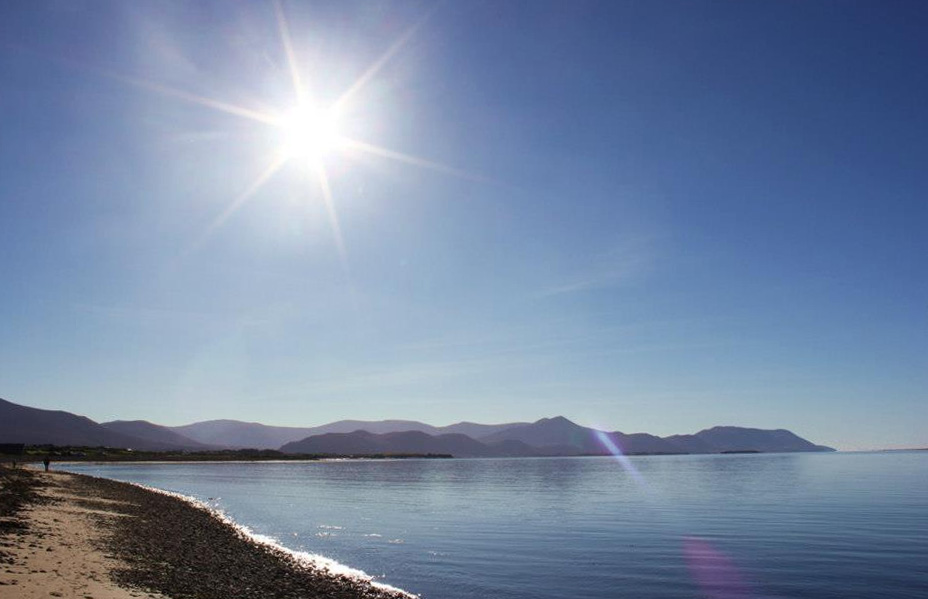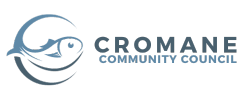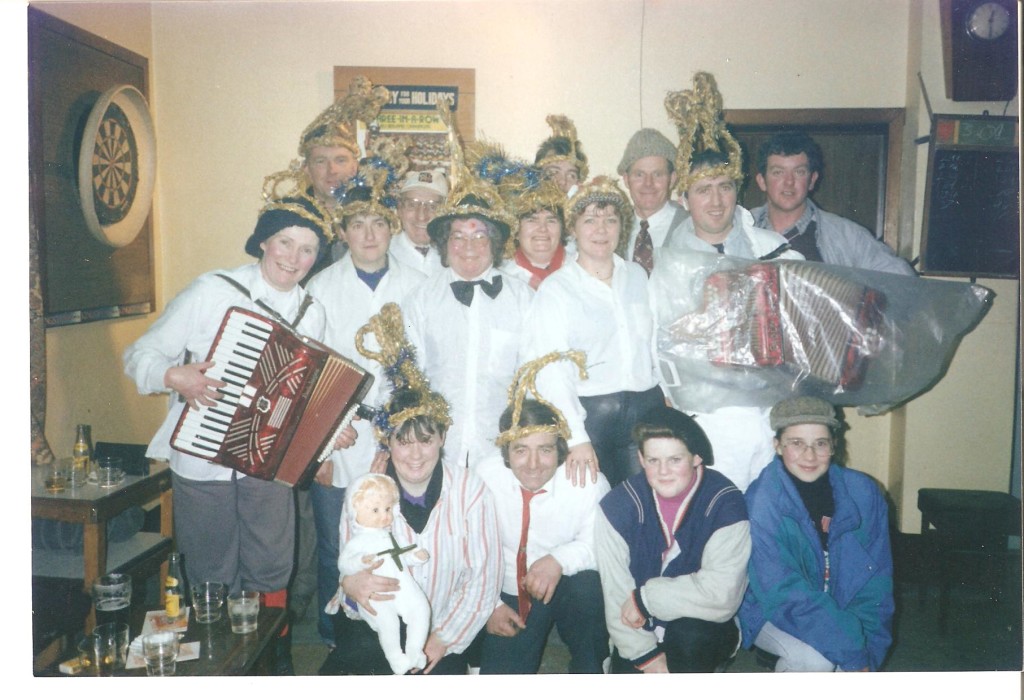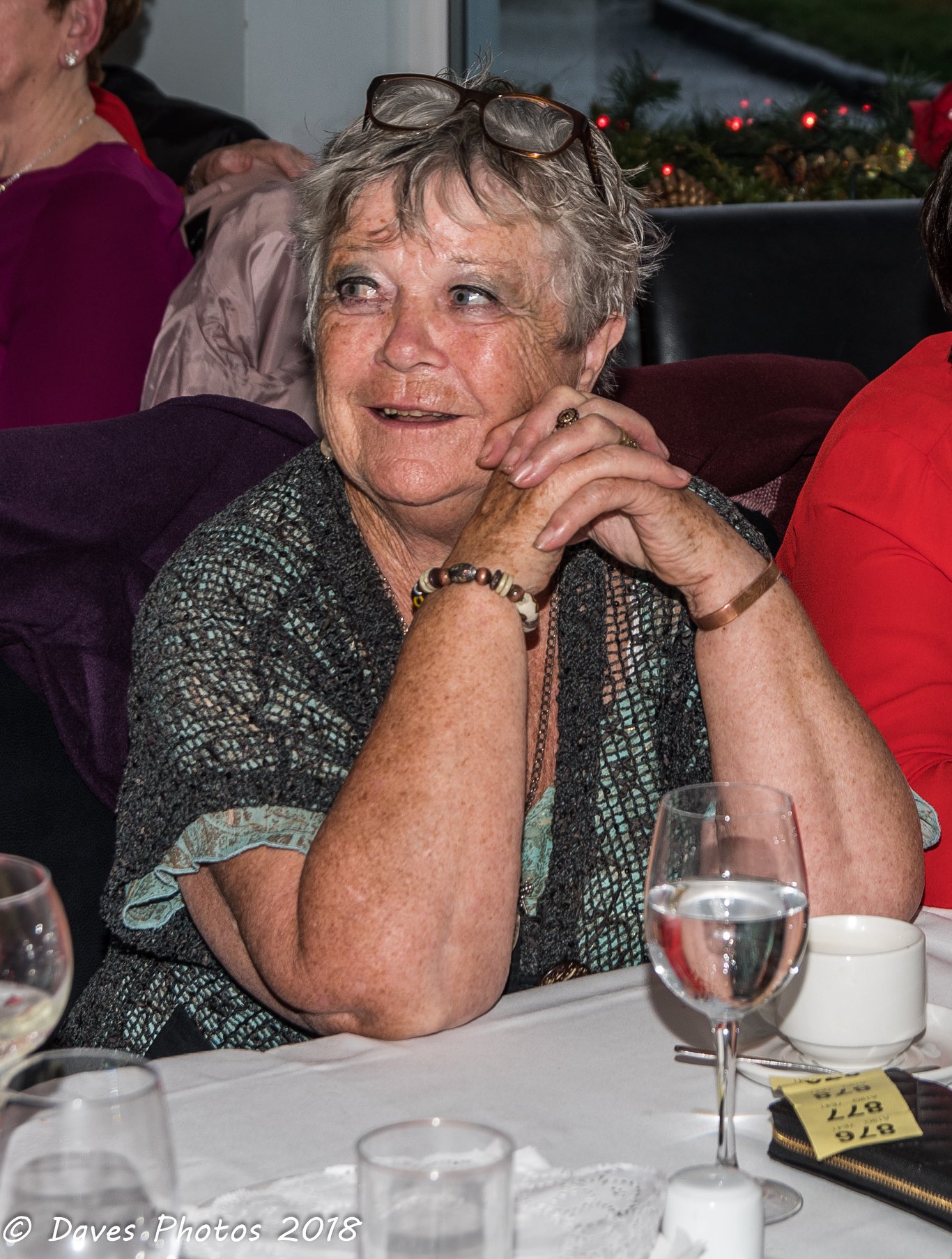Cromane beside the sea…

The beautiful fishing village of Cromane is situated on the Iveragh Peninsula, in the heart of the Reeks District in Co. Kerry just 5 minutes off the Ring of Kerry and Wild Atlantic Way. Cromane Peninsula itself protrudes northwards into Castlemaine Harbour with views of Inch Beach and Rossbeigh Peninsula. The Point of Cromane remains is of the few places in Kerry where a 360 view of the Slieve Mish Mountains and the McGillicuddy Reeks can be viewed. Upper Cromane has some stunning little beaches hidden at Burketts Cross and Dooks. A drive up Dooks Mountain will give you some amazing views overlooking Lough Yganavan and some lovely bogland walks home to Lough Nambrackdarrig.
Steeped in Maritime history, Cromane is world famous for Mussels & Oysters as well as one of the remaining areas in Ireland where Salmon drift-netting is permitted. Cromane Coastguard Station has dominated the landscape of Cromane since 1866, built by the British Admiralty to replace the closed Dunquin Station at the western tip of the Dingle Peninsula. In Cromane, the main coastguard duty was to enforce the fishing laws in Castlemaine Harbour and was decommissioned in 1922. It is now home to Jacks Coastguard Restaurant – an Award-Winning Seafood Restaurant.
Castlemaine Harbour holds the largest natural mussel bed in Ireland with fishing and mussel cultivation the traditional activity going back generations. Since 1850 the formation of the local Fishing Co-operative has ensured that cultivation has been managed and conducted in an intense organised manner. The Co-op has full control of shellfish culture over the 250 acre body of water contained within the mussel fishery order granted in 1979.
Current annual production of mussels can reach up to 8000 tonnes, though varying supply of local seed causes fluctuation in annual production. Produce is sold to markets in France and Holland. Pacific oyster production has been introduced by members with current output levels at approximately 200 tonnes. Shellfish cultivation and production industry is worth several million euros to the local economy and helps sustain local employment.

Cromane’s population grew during the nineteenth century under the influence of formal land-reclamation schemes and building projects. Low earth and stone embankments were built, and the new land used for tillage. These works contributed to an increase in Cromane’s population, while feudalism and the famine brought about further increases as evicted and destitute families, too poor to emigrate, moved to Cromane and sought to eke out an existence along its shores. Reminisce of the past can be seen with several Shell Middens along the shore an example of ancient refuse heaps built from the remains of discarded food waste, a Fort and Ogham Stone at Lios Na Gaoithe and several famine burial grounds.
In-migration has shaped our cultural identity and heritage, and the area is renowned for its singing tradition. Cromane was also designated as ‘Breac-Ghaeltacht’ in 1926, a status that has since been revoked.

Cromane prides itself as a dynamic and vibrant coastal zone with aquaculture existing in harmony with fishing and nature conservation. The area is a designated Special Area of Conservation (SAC) under the EU Natural Habitats directive (SI 94 of 1997). Castlemaine Harbour including its Salt Marches are one of the most important sites for wintering waterbirds in the southwest. It provides good quality feeding and roosting habitats for an excellent diversity of waterbirds, including geese, waders, divers and seaduck. Brent geese is one of many species of wildlife found in this lowlying area. Lough Yganavan is home to numerous species of wildlife including the Natterjack Toad and the Mute Swan.
Other significant features of Cromane’s flora and fauna are the White (Mymphaea alba) and Yellow Water Lilies (Nurphar lutea), found in Lough Yganavan and the other local eutrophic lakes. The rock and gravel along Cromane’s western seashore provide suitable growing conditions for species such as Red Goosefoot (Chenopodium rubrum), Sea Beet (Beta maritima) and Seablite (Suaeda maitima).




